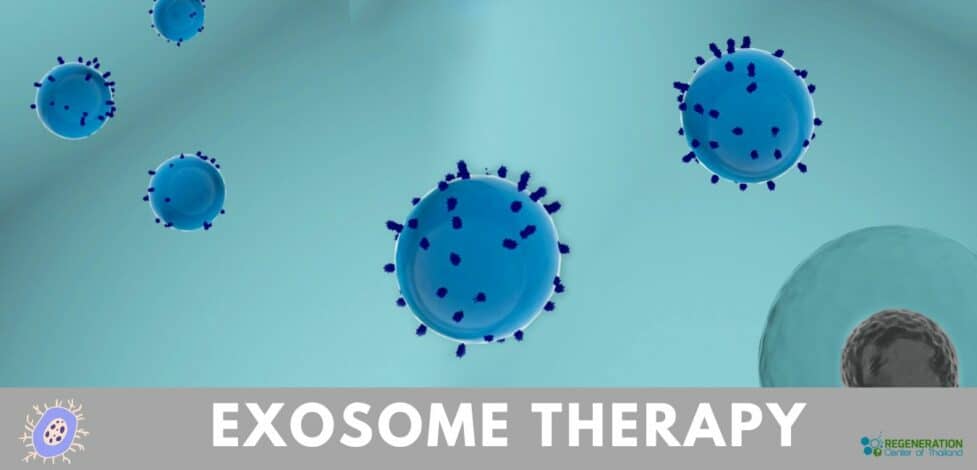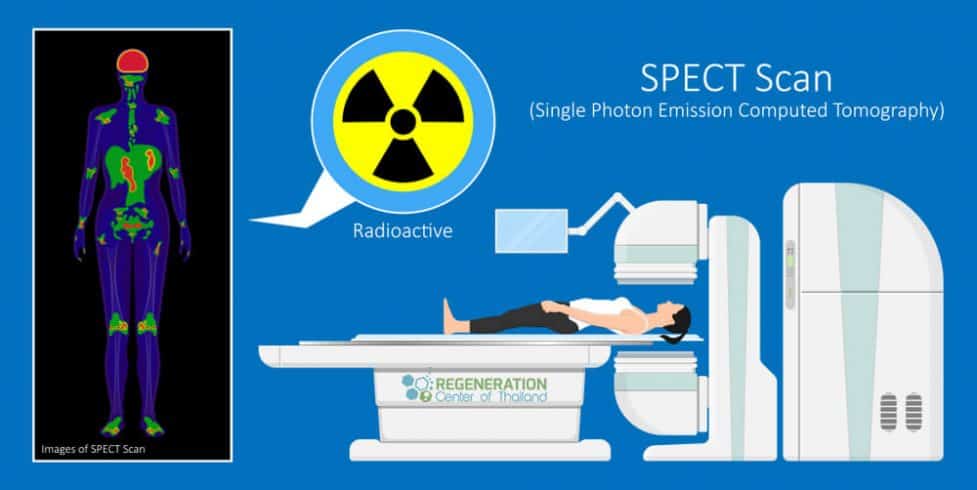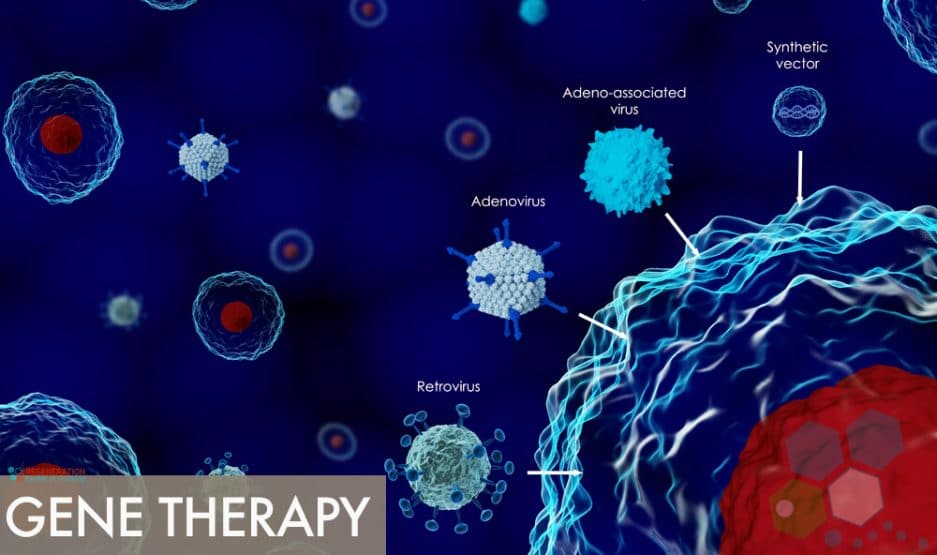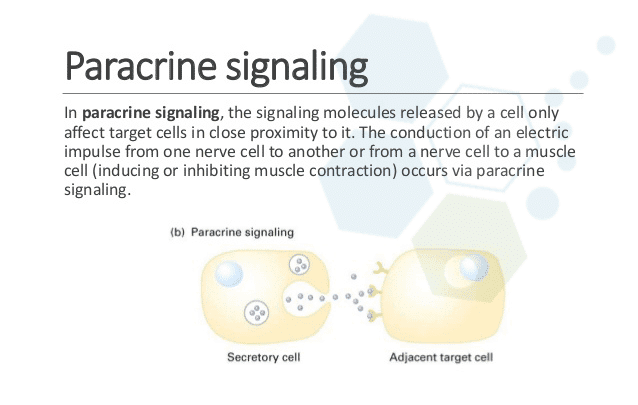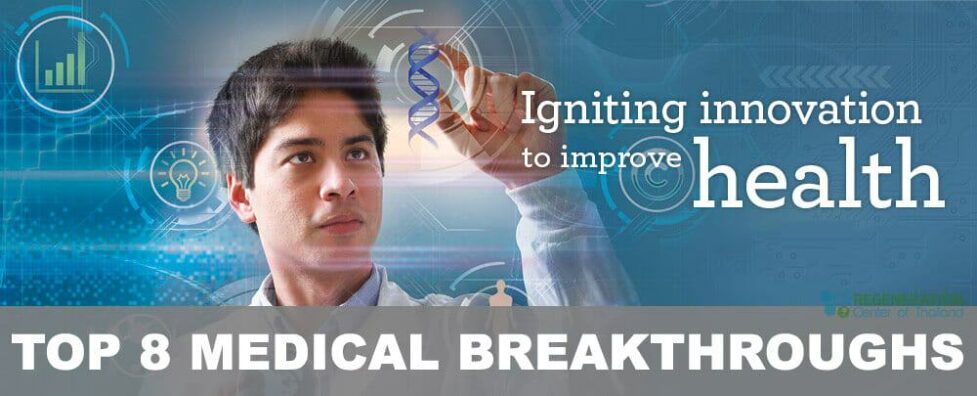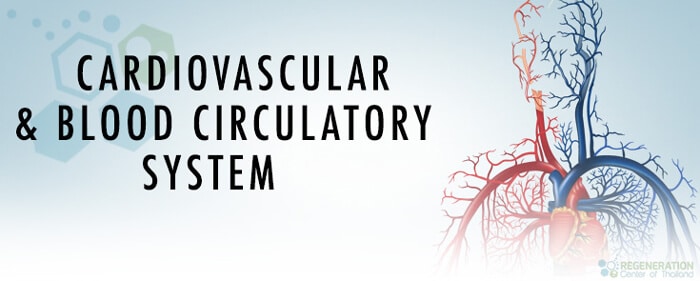Exomes are the portions of an organism’s genome containing protein-coding genes. They comprise a small part of the total DNA, usually around 1-2%, but are responsible for most known genetic functions. Exomes contain sequences called exons, which are the coding regions within genes. These exons are transcribed into RNA and then translated into proteins, which perform various functions within the …
New Radiology Scan Can Identify 30 Types of Cancers
According to the The Journal of Nuclear Medicine, a new class of radiopharmaceuticals has been developed to non-invasively identify over 30 types of malignant cancerous tumors.The latest Radiotracer uses a modified PET/CT scan (positron emission tomography/computed tomography) to image a large variety of tumors in various stages with high image contrast, paving the way for dozens of potential applications in …
Gene Therapy and the Future of Precision Medicine
Most traditional treatments today are designed using a one-size-fits-all to cover the “average” patient. But advances in biotechnology and Artificial intelligence (AI) medical researchers are now equipped with vast amounts of personalized datasets at their disposal, and can analyze unique situations based on our genetic profiles, family medical histories and other relevant medical conditions to better understand what types of …
Auto Paracrine Signaling Mechanism & Stem Cell Communication
What is Paracrine Communication? Paracrine signaling also known as Paracrine communication is a natural method of communication between cells that causes desired changes in surrounding cells and chemically altering the behavior surrounding cells. Why is paracrine signaling important? The paracrine communication system, exosomes and cytokines are critical for the success of functional medicine, regenerative medicine, and stem cell therapies. The …
Top 9 Medical Breakthroughs in 2025
The Regeneration Center would like to highlight the nine most innovative medical advances in healthcare and regenerative medicine. Last year was filled with newer, smaller, faster methods of creating genetic tests, editing genetic code, and even bloodless sensors for diabetics, children, and the elderly. New breakthroughs in drug manufacturing and delivery mechanisms were generally the fastest to market, followed by …
An Overview of The Cardiovascular and Blood Circulatory System
The Blood Circulatory System is comprised of the heart and lungs, along with the arteries and veins. These pieces work together to ensure that blood flows properly throughout the body, i.e., systemic circulation, our lungs, pulmonary circulation, and our heart, coronary circulation. The blood circulatory and heart combination comprise our cardiovascular and pulmonary circulation systems. A human heart works like …

